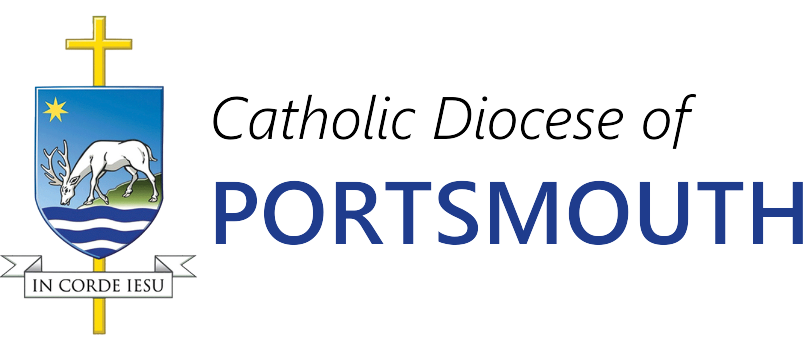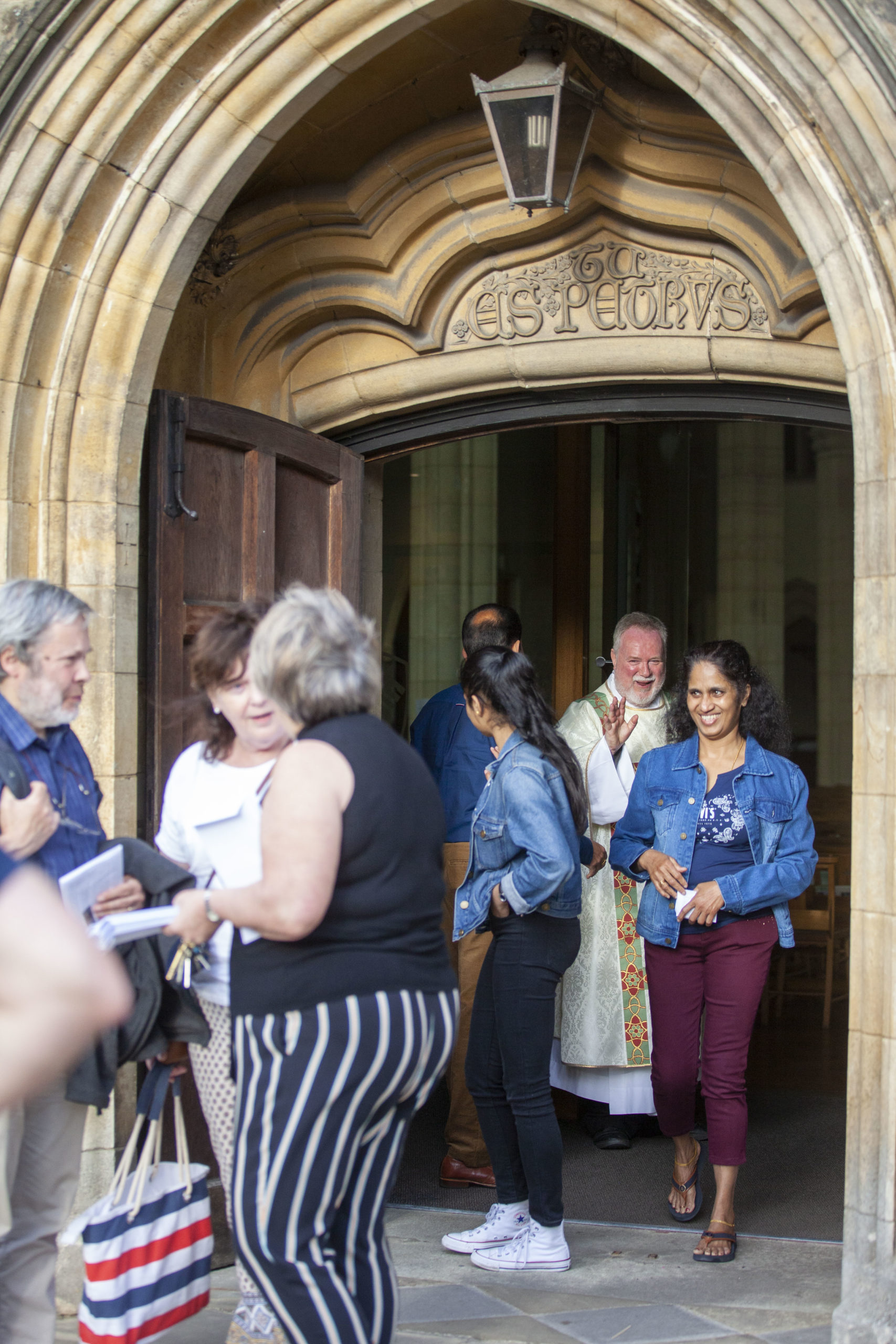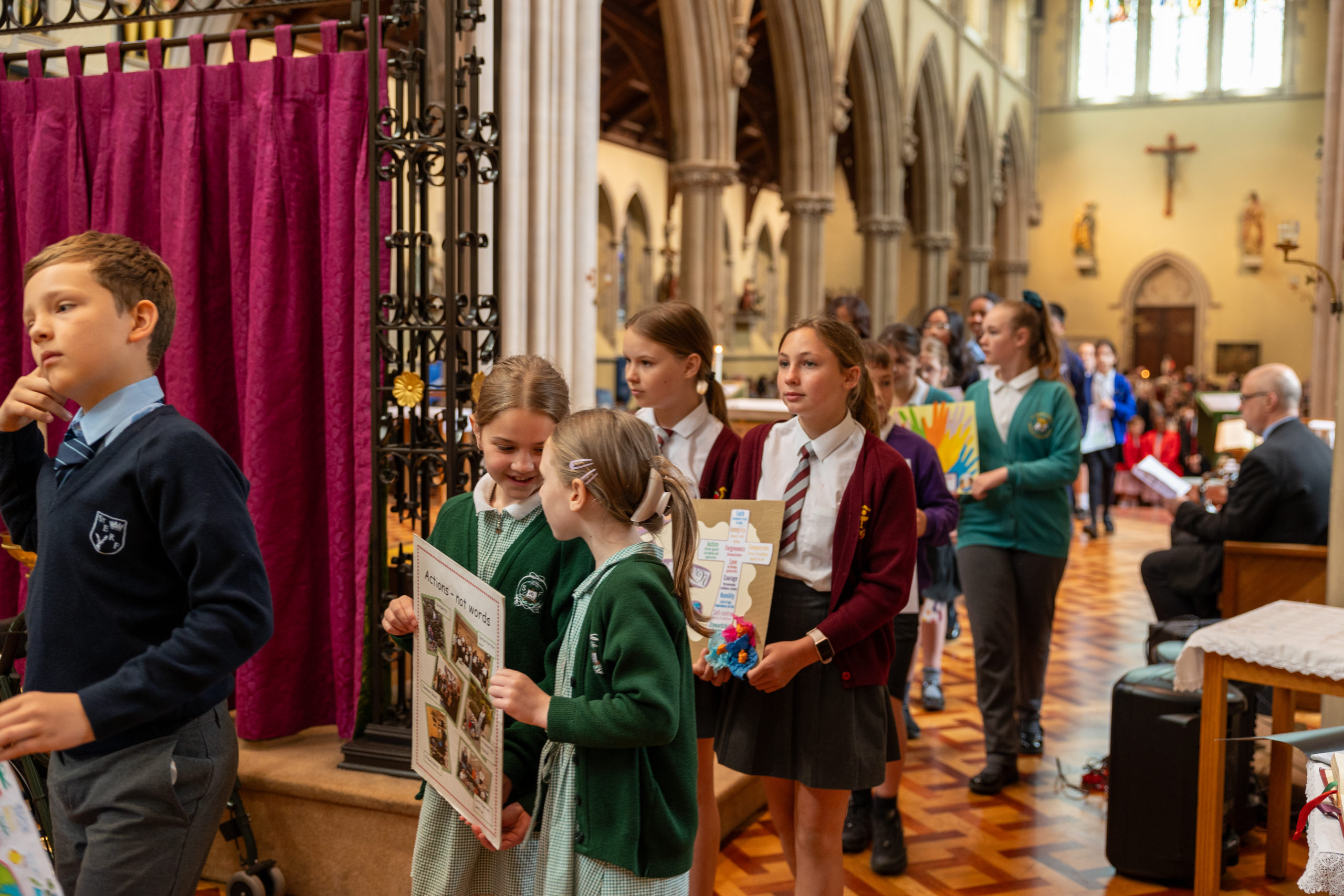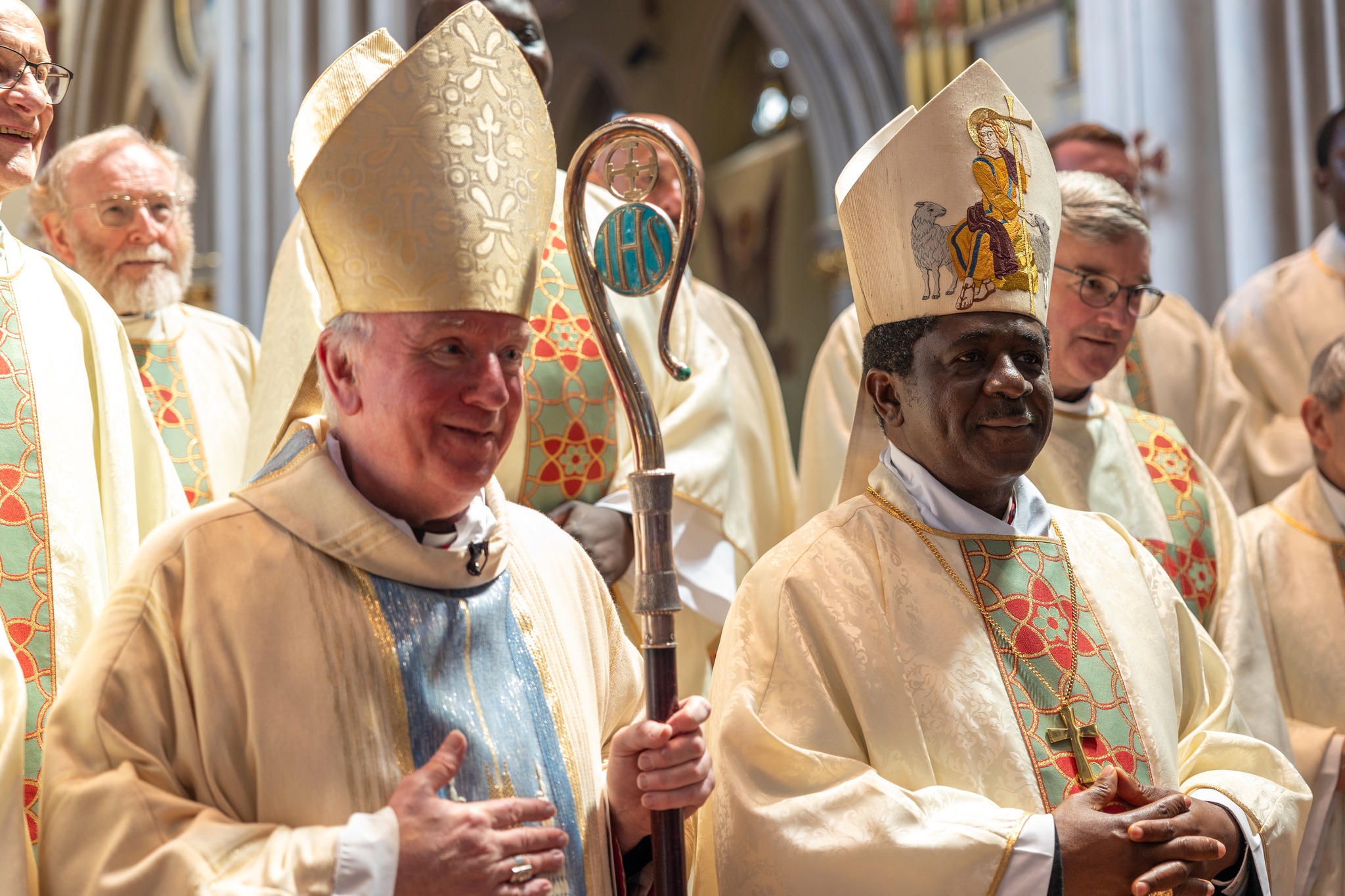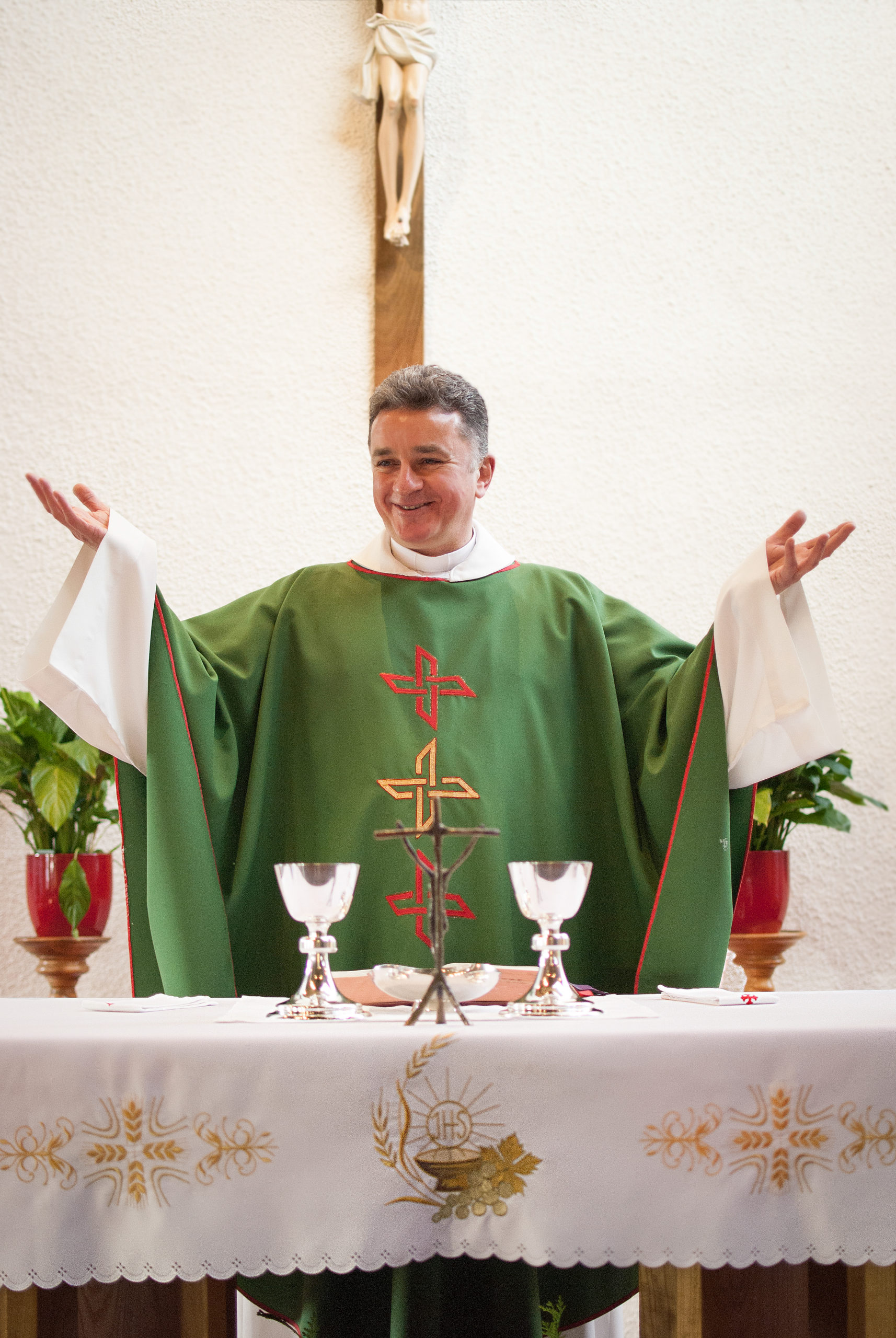Quarr Abbey Art Gallery: January 16 – February 25, 2025
Gallery opening hours: 10am (11am on Sundays) – 4pm daily
Free admission. Donations are welcome.
The year 2032 will be the 900th anniversary of the foundation of Medieval Quarr Abbey. We will present an exhibition, the fourth in a series for our 10-year ‘Two Abbeys Journey, 2022 – 2032, on the architecture of both our medieval and modern abbeys, under the theme of ‘Beauty’. The architect for our modern abbey was a monk, Dom Paul Bellot. We look at his understanding of ‘Beauty’ in architecture and see how this compares with the architectural style of our medieval abbey.
Schooled in the theology and philosophy of St Thomas Aquinas, it was natural for Dom Bellot to draw on this great medieval thinker for his ideas on aesthetics. For the medieval period, life was something wholly integrated. The value systems of a culture are related to one another. The strategy philosophers developed for this integration involved the doctrine of the Transcendentals: The ‘One’, the ‘True’ and the ‘Good’. ‘Beauty’, though not in itself a Transcendental, came under an aspect of the ‘Good’.
But changes took place from the Renaissance onwards. A divorce began to grow between art and the spirit in the tradition of classical and medieval architecture. It was Dom Bellot’s great concern to set about the healing of this divorce. His underlying theme for all his work was ‘innover selon la tradition’: to innovate within tradition. He wrote that ‘truth is, by nature, progressive, in the sense that it tends not to transform itself … but it grows in the manner of something living.” Dom Bellot was the architect of many other religious buildings in various countries, and he became an architect of international repute.
Medieval Quarr was founded in 1132. It maintained the classical style of architecture of that time, in a transition period from Romanesque to Gothic. Despite the differences between the Cistercian and earlier Benedictine monasteries, the Cistercians still preserved the same understanding of Beauty in its structure as that of the classical view. We look at the similarities and differences of both. We pay a particular attention to the Liturgy which is at the heart of every Catholic monastery and therefore forms a fundamental backbone to the architectural design.
For more articles like this, see the e-News page here.
Recent Posts
The Annual Schools Mass was held on Wednesday 17 June at St John's Cathedral in Portsmouth. It provided an opportunity for the Diocesan community of schools from all corners [...]
When seafarers need a Good Samaritan When seafarers and fishers arrive in a port, they are strangers in a foreign land. They do not know the locals and often don’t [...]
St John's Cathedral is hosting, in the Conference Room (located just beside the Discovery Central), an exhibition on the Shroud of Turin, including a life size replica. Besides the life [...]
The conclave that will elect the 267th Pope starts today (7th of May, 2025). It will take place in the Vatican’s Sistine Chapel, which will be closed for the duration [...]
